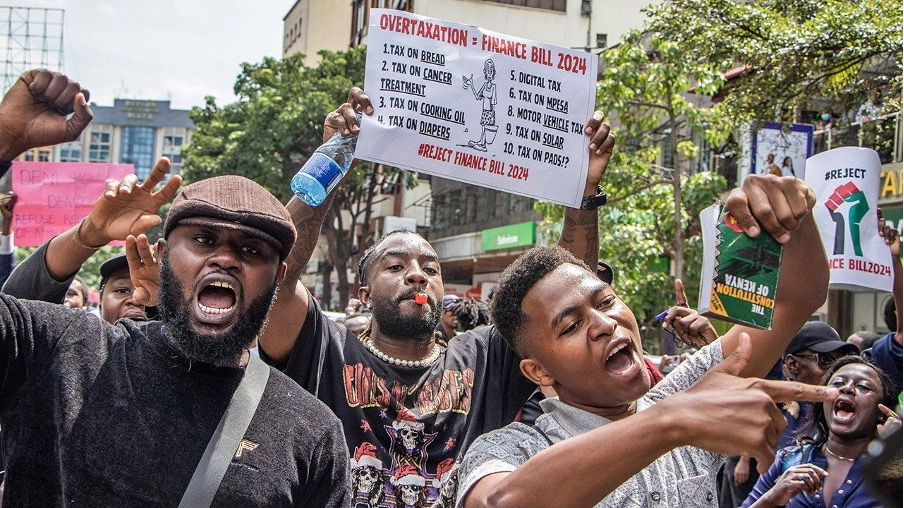The Alignment of Feminism with the Political
- Yixuan Liu

- Aug 4
- 3 min read
Feminism, at its core, is the belief in the equality of the sexes - socially, economically, and politically. Throughout history, particularly in the West, patriarchal structures and oppressive laws have limited women's rights. For instance, in Ancient Greece, women were legally confined to the domestic sphere, while during the Salem Witch Trials of 1692, women were accused and executed under hysterical, misogynistic beliefs. More recently, under the Taliban regime since 2021, women's rights have been systematically stripped away, including their right to speak publicly as of August 2024.
These examples highlight the persistent challenges women face, underscoring the critical need for systemic change. Feminism has thus evolved to challenge these restrictive structures, with its development categorized into distinct waves, each addressing specific issues and advancing the cause of gender equality.

First Wave Feminism (Late 19th - Early 20th Century)
The first wave of feminism arose in response to widespread discontent over the denial of basic civil rights for women. This era is best known for the fight for women’s suffrage and is marked by the rise of militant activists, such as Emmeline Pankhurst, whose efforts led to the granting of voting rights for women in the UK, US, and other parts of Europe by the 1920s.
However, this wave was largely driven by white, middle-class women. The movement's focus on legal reforms and political enfranchisement did not fully address the intersectional concerns of marginalised women, such as women of color and working-class women, setting the stage for later feminist movements.
Second Wave Feminism (1960s - 1980s)
The second wave of feminism emerged in the post-WWII era, fueled by discontent with the regressive gender roles that re-emerged after the war. As men returned from combat, women were pressured to abandon their wartime contributions and return to their traditional roles as wives and mothers. This societal expectation sparked protests and movements that highlighted issues such as reproductive rights, workplace equality, and the ethics of war.
Key milestones included the 1963 Equal Pay Act, which sought to address gender wage inequality, and the 1973 Roe v. Wade decision, which legalised abortion and cemented women’s reproductive rights in the U.S. Additionally, the Women Strike for Peace, organized in 1961, mobilized over 50,000 women to protest the Vietnam War.
However, the second wave, like the first, was predominantly led by white, educated, middle-class women, leaving the concerns of women of color, working-class women, and queer women inadequately addressed. This oversight would catalyse the need for a more inclusive feminist movement in the following decades.
Third Wave Feminism (1990s - Early 2000s)
Third wave feminism sought to address the gaps left by its predecessors. Beginning in the 1990s, this wave emphasised the importance of diversity, intersectionality, and the experiences of women of color, queer women, and those from other marginalised groups. This period is credited with bringing greater attention to issues such as sexual harassment, gender identity, and the fluidity of sexuality.
A pivotal moment was the publication of Rebecca Walker’s essay in 1992, which marked the beginning of this wave and responded to the Clarence Thomas Supreme Court hearings. The movement also saw the birth of the #MeToo movement, which exposed the pervasive nature of sexual abuse, harassment, and rape culture, particularly within positions of power.
Third wave feminists criticised the earlier waves for assuming a universal experience for women and advocated for a more nuanced understanding of gender and oppression.
Fourth Wave Feminism (2010s - Present)
The fourth wave of feminism has been characterised by its use of digital platforms to amplify voices and address ongoing issues of sexual harassment and gender-based violence. Social media has provided a voice for the voiceless to share their stories, organise protests, and build global solidarity. The #MeToo movement continues to be a driving force, encouraging survivors to publicly share their experiences and demand accountability for perpetrators, especially in powerful sectors such as politics and entertainment.
This wave also highlights global feminist solidarity, as demonstrated in the support for women in Afghanistan and other parts of the world where women’s rights are under threat. In addition, movements like #TimesUp advocate for the end of workplace harassment and inequality.






Comments